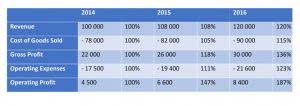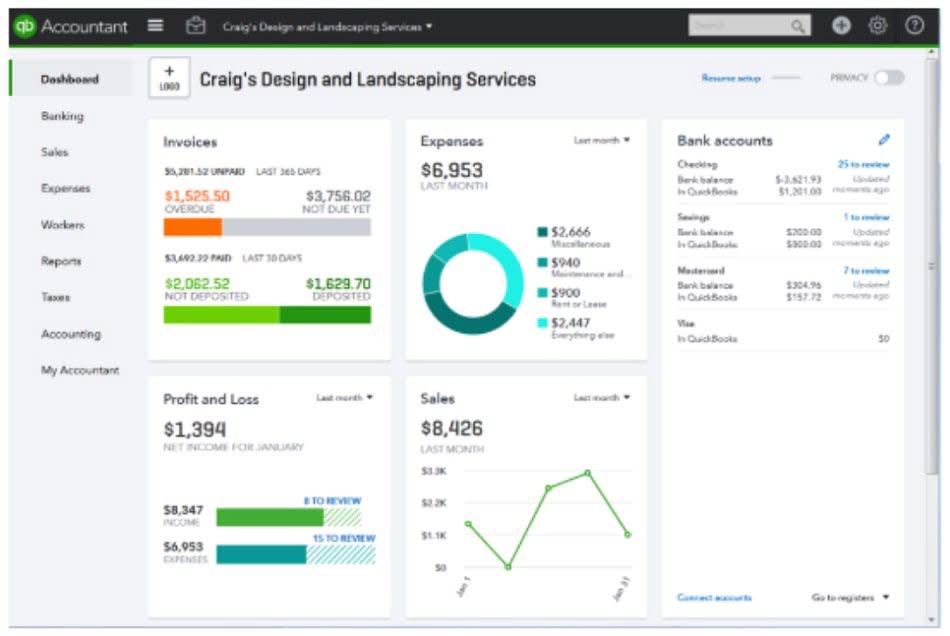
Instead, companies transfer the net income or net loss from the revenue and expense accounts to a temporary account called “Income Summary,” and then to the owner’s capital. In each temporary account, closing entries also result in a zero balance. The temporary accounts are now ready to gather data for the next accounting period, which will be distinct from the data from previous periods. Revenue accounts, like Sales Revenue, are closed by transferring their balances to the Income Summary account. This is done by debiting the revenue account and crediting the Income Summary, resetting the revenue accounts to zero. After closing both income and revenue accounts, the income summary account is also closed.
Cash Basis and Accrual Basis Accounting-Definition, Features, Example, and Difference Notes with PDF

All accounts in the statement of financial position or balance sheet, such as cash, receivables, fixed assets, payables, and equity are permanent accounts. In short, we can clear all temporary accounts to retained earnings with a single closing entry. By debiting the revenue account and crediting the dividend and expense accounts, the balance of $3,450,000 is credited to retained earnings. A closing entry is a journal entry that’s made at the end of the accounting period that a business elects to use.

Slavery Statement
The main purpose of these closing entries is to bring the temporary journal account balances to zero for the next accounting period, which keeps the accounts reconciled. The balance sheet is also adjusted to reflect the updated equity position. Temporary accounts AI in Accounting are zeroed out, and retained earnings are recalibrated to include the net results of the concluded period. These adjustments ensure the balance sheet remains an accurate representation of the company’s financial standing. This process aligns with accounting standards like GAAP and IFRS, supporting transparency and reliability in financial reporting. After transferring balances to the income summary, the final step is closing this account to retained earnings.
- To close that, we debit Service Revenue for the full amount and credit Income Summary for the same.
- The purpose of closing entries is to prepare the temporary accounts for the next accounting period.
- Clear the balance of the expense accounts by debiting income summary and crediting the corresponding expenses.
- Adjusting entries ensures that revenues and expenses are appropriately recognized in the correct accounting period.
- Another essential component of the Highradius suite is the Journal Entry Management module.
- By resetting these accounts, businesses can start each new period with a clean slate, ensuring that the financial data for each period is isolated and comparable.
- For instance, if a company has $100,000 in revenue, this amount is debited from the revenue account and credited to the income summary account.
Step 1: Clear revenue to the income summary account

A closing entry is a journal entry that is bookkeeping made at the end of an accounting period to transfer balances from a temporary account to a permanent account. The Post-closing Trial Balance is a trial balance that only lists all permanent accounts in the general ledger after the closing process is performed. Since all balances of the temporary accounts are zero at this point, no income, expense or drawing account should show in this trial balance. The equity account on which the income and expense summary will be closed may depend on the legal structure of your business. If it is a corporation, then it should be closed to the retained earnings account.
- This comparability is crucial for trend analysis, enabling stakeholders to identify patterns and make projections based on consistent and reliable data.
- All temporary accounts must be reset to zero at the end of the accounting period.
- This is done by debiting the revenue account and crediting the Income Summary, resetting the revenue accounts to zero.
- The above closing entries are recorded in both the general journal and the general ledger.
- Permanent accounts track activities that extend beyond the current accounting period.

Its Cash Management module automates bank integration, global visibility, cash positioning, target balances, and reconciliation—streamlining end-to-end treasury operations. HighRadius stands out as a challenger by delivering practical, results-driven AI for Record-to-Report (R2R) processes. With 200+ LiveCube agents automating over 60% of close tasks and real-time anomaly detection powered by 15+ ML models, it delivers continuous close and guaranteed outcomes—cutting through the AI hype. On track for 90% automation by 2027, HighRadius is driving toward full finance autonomy.
Application Management
If you’re using a computerized accounting system, the software may automatically perform the closing process. A closing entry is provided for the closing of income-expenditure accounts. Dividend account is credited to record the closing entry for dividends. The trial balance is like a snapshot of your business’s financial health at a specific moment. In this case, we can see the snapshot of the opening trial balance below. As you will see later, Income Summary is eventually closed to capital.
What Are Intercompany Transactions Journal Entries
- In essence, we are updating the capital balance and resetting all temporary account balances.
- The last closing entry reduces the amount retained by the amount paid out to investors.
- Closing entries are a fundamental part of accounting, essential for resetting temporary accounts and ensuring accurate financial records for the next period.
- These include revenue accounts, expense accounts, and dividend accounts.
- To prepare for a new accounting period, all individual expense accounts (such as rent, salaries, utilities, etc.) must be closed.
Learn how closing entries streamline accounting by resetting temporary accounts and ensuring accurate financial statements. All temporary accounts with a debit balance, particularly the expense accounts, are credited while the income and expense summary account is debited. Once the period ends, the balances in temporary accounts are closed to permanent accounts, such as retained earnings. Closing entries may be defined as journal entries made at the end of an accounting period to transfer the balances of various temporary ledger accounts to one or more permanent ledger accounts. Permanent accounts, also known as real accounts, do not require closing entries. Examples are cash, accounts receivable, accounts payable, and retained earnings.
It is a holding account for one purpose of closing entries is to revenues and expenses before they are transferred to the retained earnings account. These permanent accounts form the foundation of your business’s balance sheet. However, you might wonder, where are the revenue, expense, and dividend accounts? These accounts were reset to zero at the end of the previous year to start afresh. On expanding the view of the opening trial balance snapshot, we can view them as temporary accounts, as can be seen in the snapshot below. Automated systems also offer real-time updates and integration with other financial processes, providing a holistic view of a company’s financial health.


